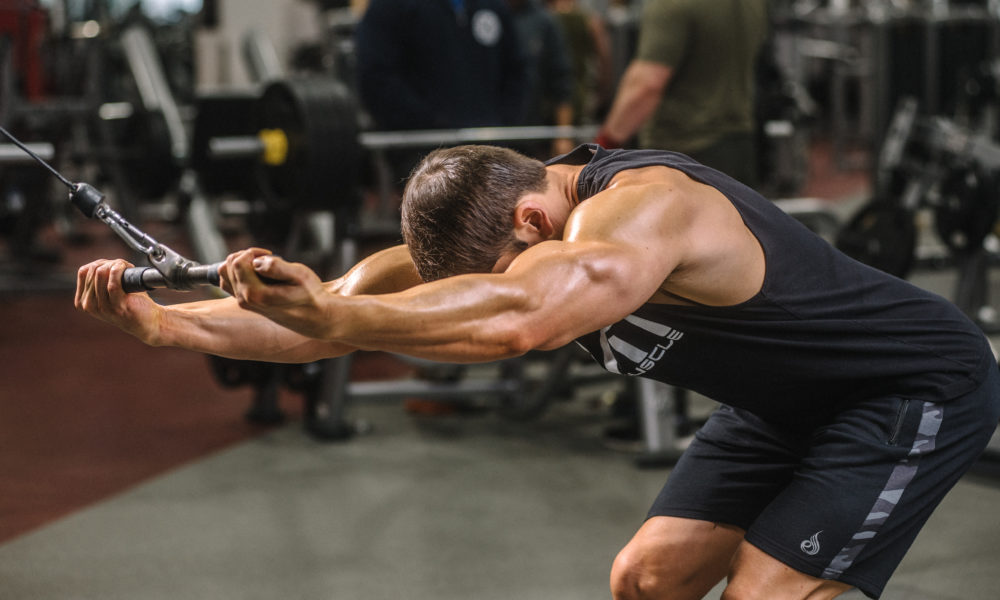

Basic exercises have built some of the best bodies in the world. My intention with this article is not to show off ‘trick’ exercises or anything fancy. While the majority of movements I do are classics I have found a handful of cable exercises that really target the muscle groups I intend to workout. Lifting is a lifestyle for me so I like to add variety to keep things interesting. Cable movements are great to incorporate into your workouts for several reasons including working around injuries, the tension they can create differs from free weights, and it’s easy to manipulate weight for drop sets quickly to go beyond failure. Most of these movements you’ll want to do in the latter half of your workout after the bigger compound exercises. Here are a few of my favorite cable exercises that you may want to try out yourself.
General Tip: Controlled, strict form on these movements will yield better results. Make them more intense by going through the full range of motion, taking slower negatives, and deliberately contracting the muscles on each rep. Once a set starts concentrate on the muscle always stretching or contracting, but never resting until the set is complete.
Chest: Bent Over Fly
Primary Target: Pectoralis Major Rep range: 10-20+
Execution: Stand between cable towers and bend over by hinging your hip. The cable attachments should be coming from up high. When bent over make sure your shoulders and hands are in line with the cable. Draw the elbows up to stretch the pecs while keeping the arms in the same static, slightly bent position. Bring the hands almost together while pushing the chest forward and flexing.
Why: Bent Over between the cable towers gives you a strong, balanced position. Once the reps get difficult near the end it’s easy to add a little up-and-down bounce to squeeze out a few extra reps.
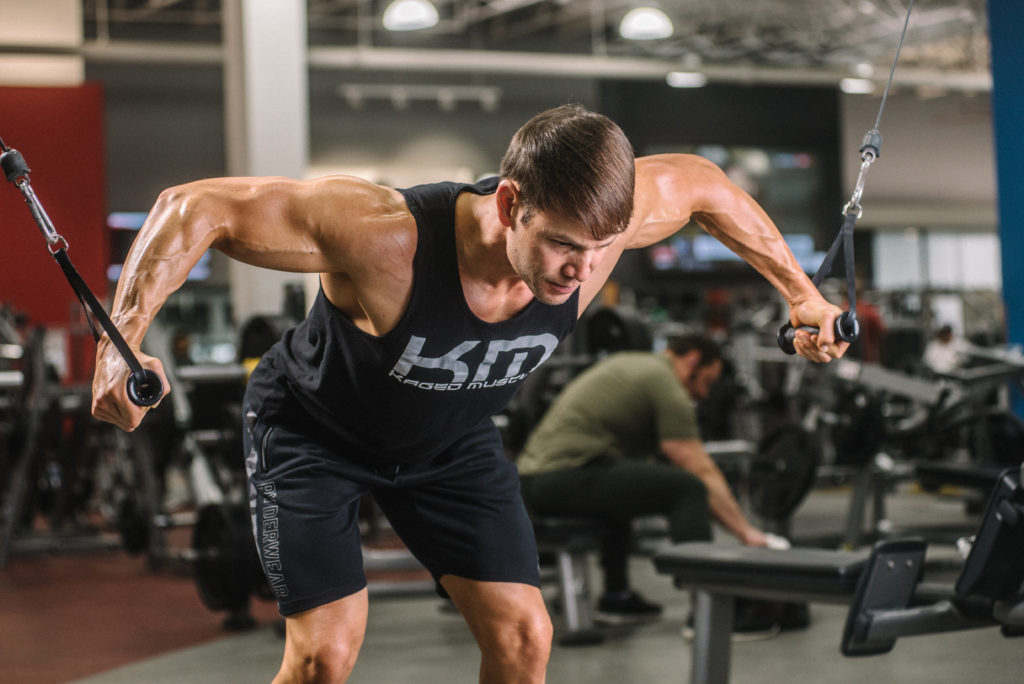
Hercules Fly
Targets: Pectoralis Major Rep range: 10-20+
Execution: Stand centered and slightly forward between two cable towers holding the handles that should be set just a little lower than shoulder height. A split stance will strengthen balance. Your arms should have a slight bend that remains constant throughout the movement. Bring the hands together out in front of your chest. Try not to slam your hands together, but work to contract the pecs. Your arms should be fairly parallel to the ground. Once your hands are together apply constant inward pressure
and move your arms down until your hands are in front of your hip then back up to complete the fly and stretch the pectorals.
Why: The up-and-down arm movement while contracting the chest adds more time under tension. Combining a high pulley with the high-to-low movement in the contracted position activates a larger range of muscle fibers from upper to lower chest.
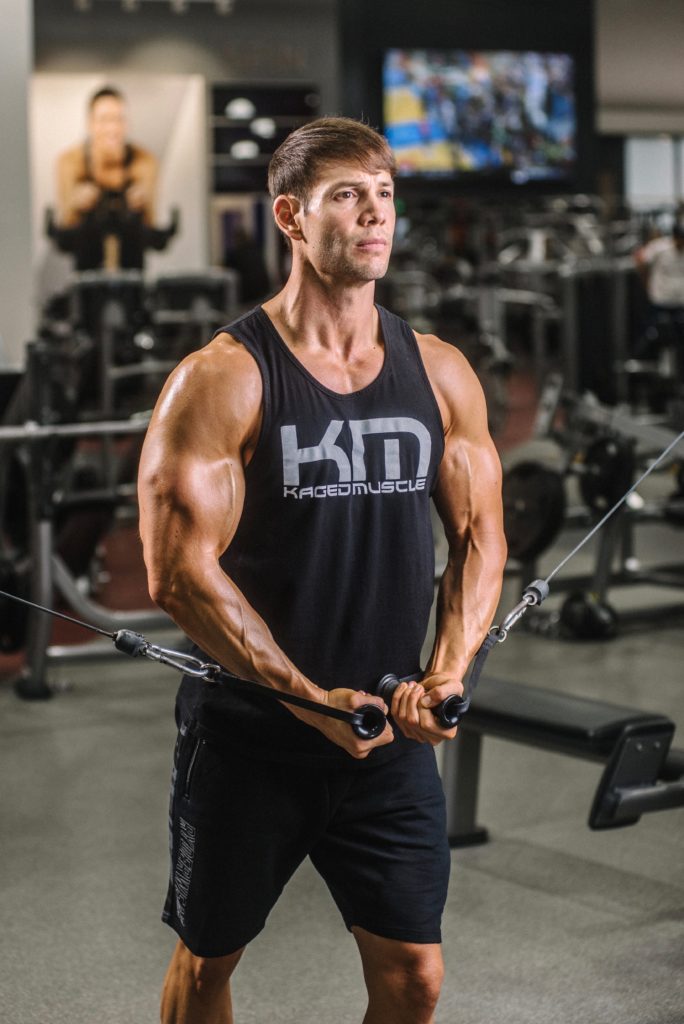
Alligator Fly
Primary Target: Pectoralis Major Rep range: 10-20+
Execution: Stand centered and slightly forward between two cable towers holding the handles that should be set just a little lower than shoulder height. A split stance will give you better balance. Your arms should have a slight bend that remains constant throughout the movement. This cable fly has three positions (lower, mid, upper) that you will alternate between for each rep. Start by bringing the hands together and completely crossing over the wrists (L on top) down in front of your hip, draw the arms back to stretch the chest, now bring the hands together completely crossing over the wrists (R on top) out in front of your upper abdomen, draw the arms back to stretch the chest again, and then bring the hands together and completely crossing over the wrists (L on top) at shoulder height. Continue this pattern going from high, mid, low, mid, high, mid, etc.
Why: Crossing over the wrists will really target the inner chest and changing positions (low, mid, high) will work all areas of the chest including lower, mid, and upper pecs.
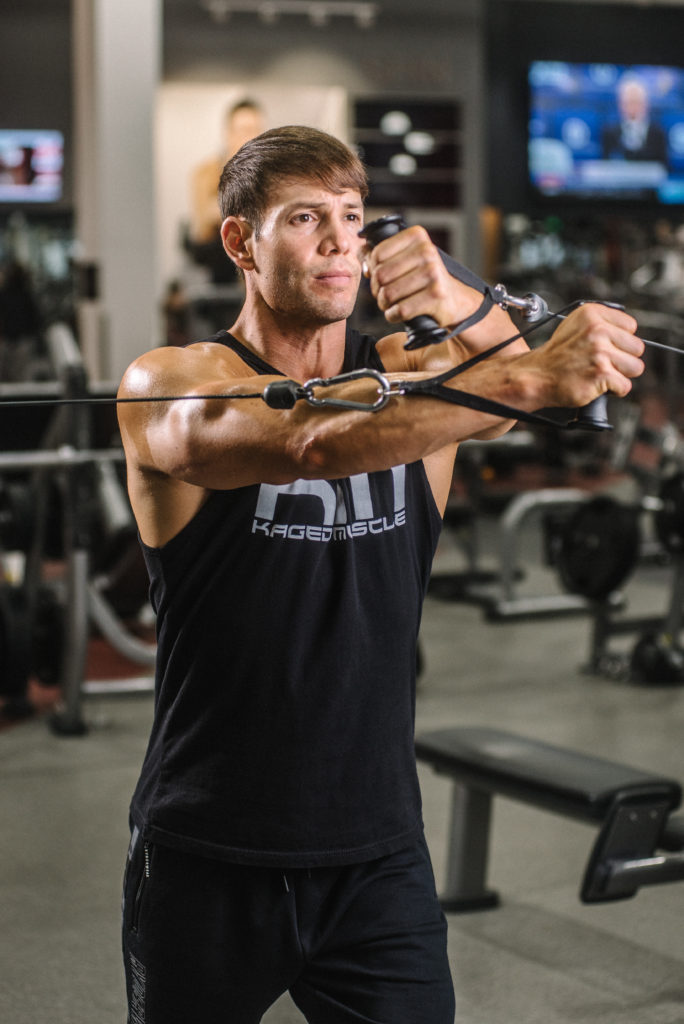
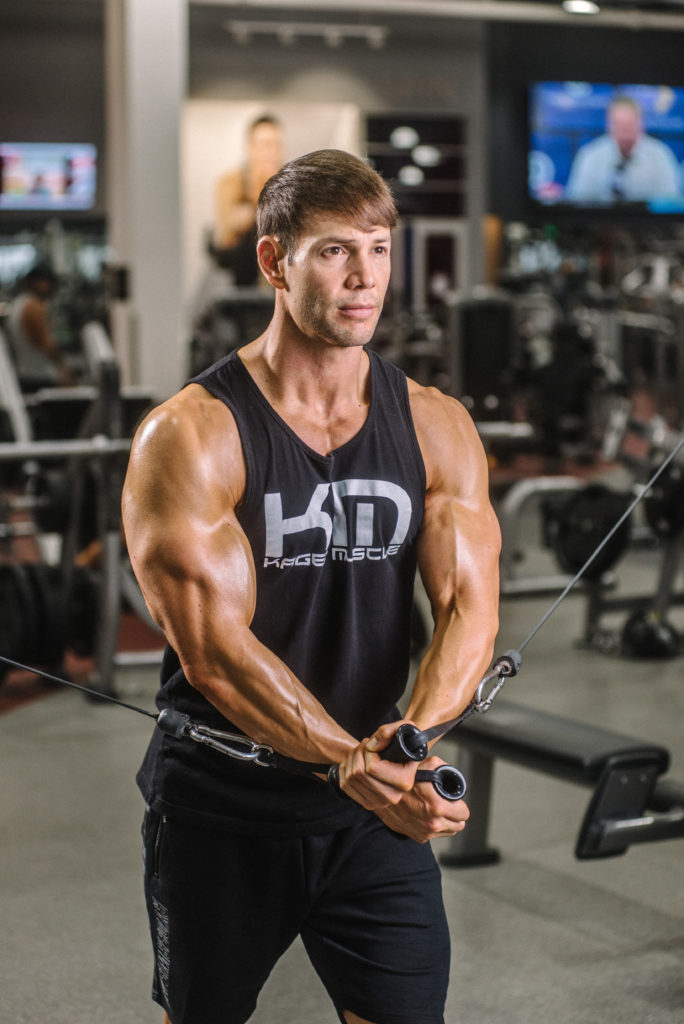
Back
Gironda Row
Primary Target: Lats Rep range: 10-20+
Execution: Stand facing a cable tower with the attachment set around sternum high. This movement works great with a straight bar, rope, dual, or even single handles. Step out fairly far away from the tower and hinge your hip so you are bent over almost parallel to the floor. Holding on to the straight bar, or whichever attachment you prefer, allow your arms to fully stretch straight out towards the machine. You should be looking down at the floor and your lats should be completely stretched. Find that deep stretch on every single rep. As you row the bar in towards your lower chest, raise your upper body up so you are looking at the cable tower while keeping the hips isolated. As you draw your elbows back behind your body push your chest forward to contract the lats. Hold each contraction for a second or two before going back to that deep stretch. Do this movement slower and deliberate.
Why: The starting position allows for an extremely effective lat stretch. The position of the body takes the rhomboids out of the equation for a more isolated lat contraction.
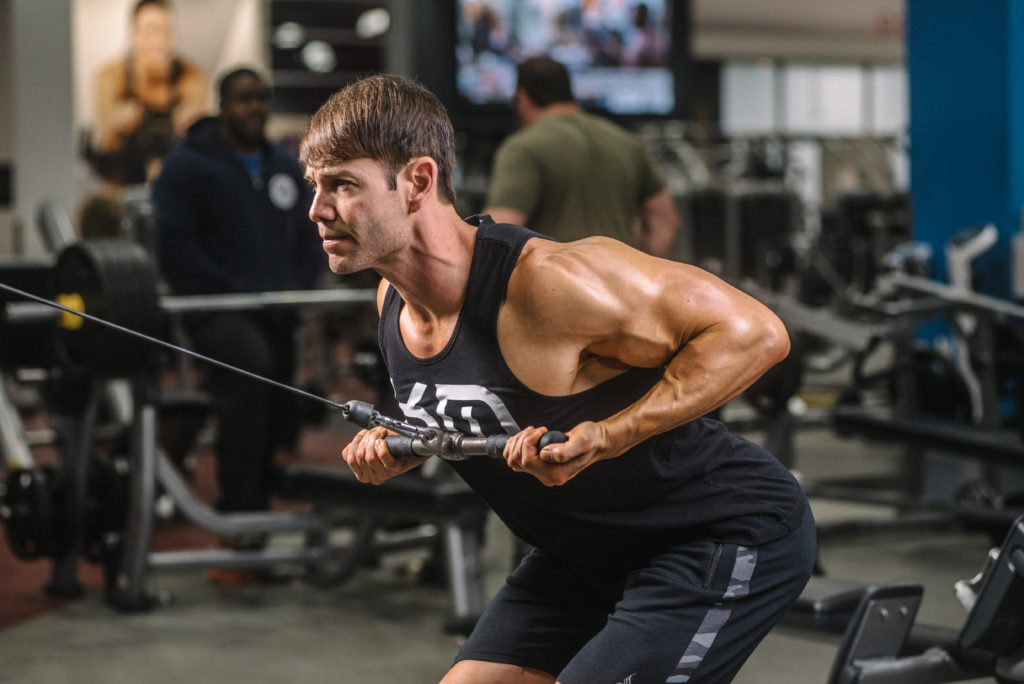
Legs
Front Squat
Primary Target: Quadriceps Rep range: 10-20+
Execution: Stand facing a cable tower with your feet fairly close together. Use a straight bar attachment set low. Hold the bar with an overhand grip up in front of your neck. Before starting the first rep actively flex your thighs and glutes. Lower yourself slowly as deep as possible keeping your knees behind your toes. Power back up to the top position right back into a flex.
Why: This front squat variation places more emphasis on the quads and less on the lower back. This setup allows you to go really deep without putting too much stress on your knees.
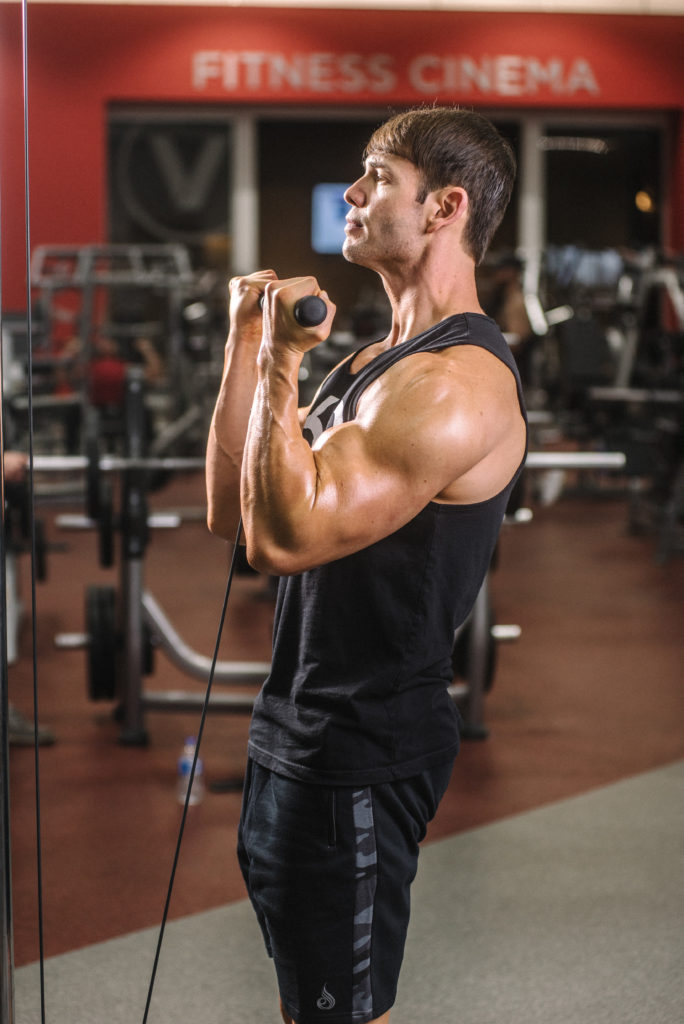
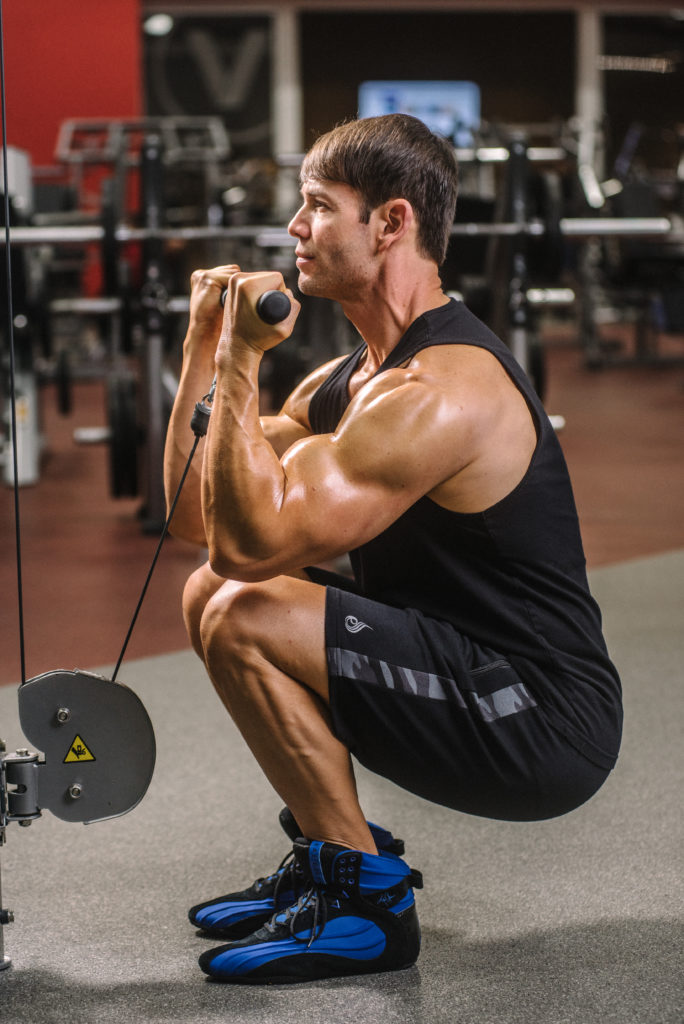
Triceps
Rocking Pushdowns
Primary Target: Triceps Lateral Head Rep range: 10-20+
Execution: These can be done using a variety of attachments such as a straight bar, EZ bar, V handle, single handles, or ropes. Get into a standard pushdown position with your elbows pinned to your sides, but stand in a split position with one foot straight down and the other a step back. As you push your lower arms downward to flex the Triceps rock back in one smooth motion on your back foot. The goal is to keep the cable perpendicular to the forearm throughout the entire movement.
Why: Maximum force is applied to the Triceps when keeping the forearm perpendicular to the cable throughout the movement especially when the Triceps are contracted. This movement may appear odd and seem like you are somehow cheating, but really it’s making the exercise more difficult and effective.
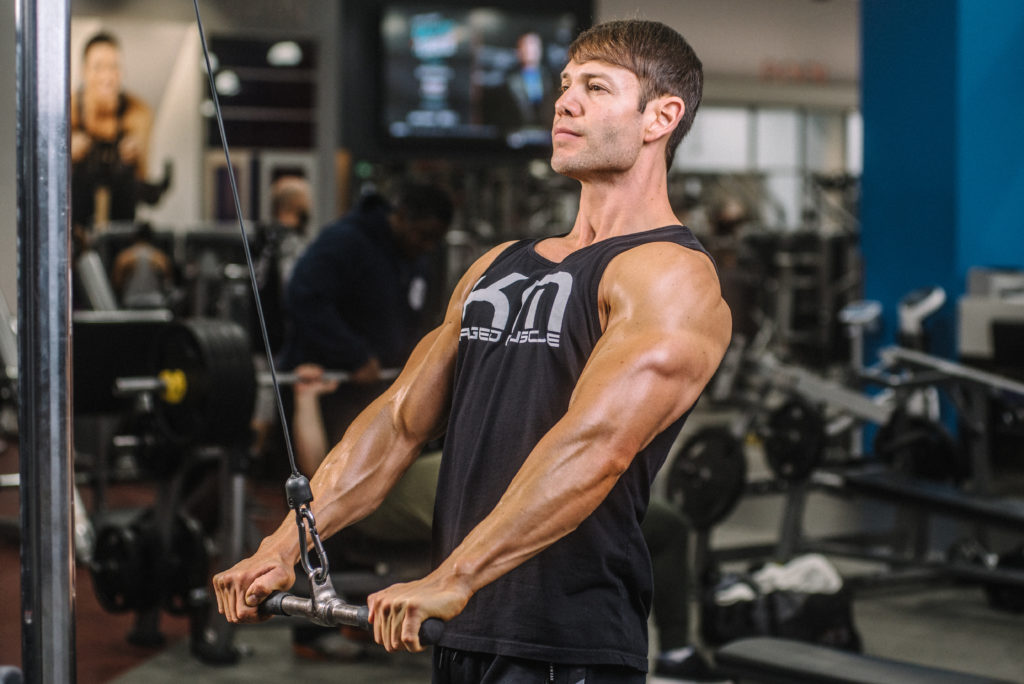
Biceps
Squat Curl
Primary Target: Biceps Rep range: 10-20+
Execution: Use a straight or EZ curl bar and squat down facing a cable tower. Both feet should be even and firmly on the ground. Support your elbows up on your knees so your upper arms are parallel to the floor. Start with your arms fully extended in front of you stretching the biceps. While keeping your elbows isolated curl the bar up towards your face until your biceps are contracted.
Why: Biceps cable work often causes less forearm pain than free weights. Movements that have the elbows out in front of the body are often less painful in the forearm area for those that have injuries.
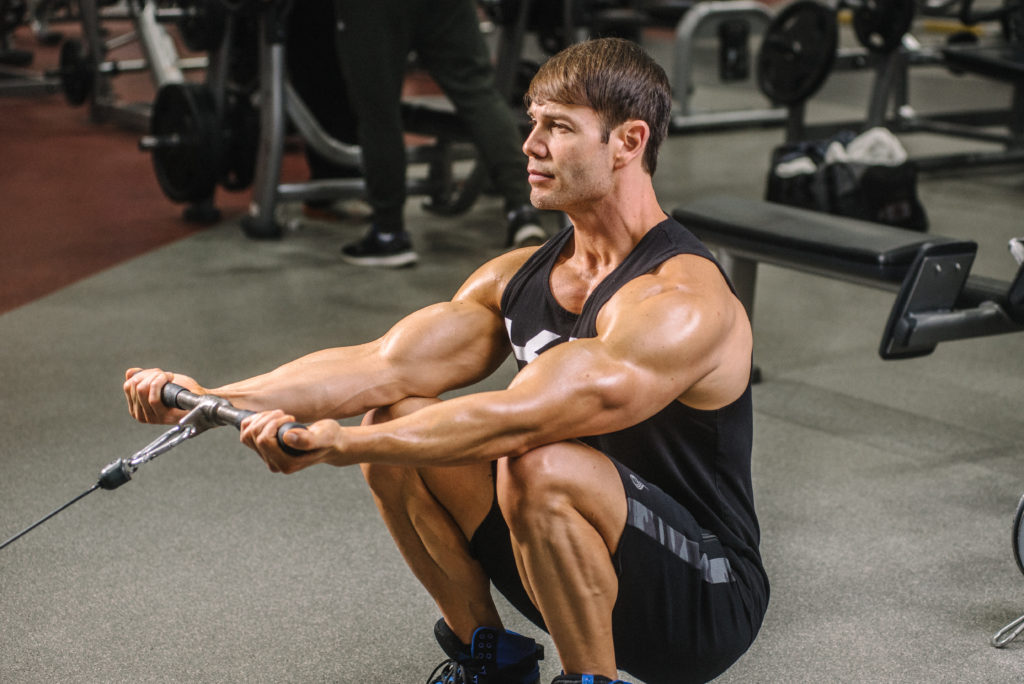
Kong Curl
Primary Target: Biceps Rep range: 10-20+
Execution: Set a single cable handle shoulder height and use a neutral thumb-up grip. Your extended arm should be pointed at the cable tower. While keeping your elbow isolated, curl the handle in towards the opposite pec while contracting the biceps. Once the set is complete match reps with the other arm. When doing uni-lateral work start with your weaker side and then match reps with the stronger side to help fix muscle imbalances.
Why: The biceps is a relatively small muscle and a ‘curl is a curl’. This is just a fun variation to change things up every now and then. Concentrate on form and contracting the Biceps over trying to move a lot of weight.
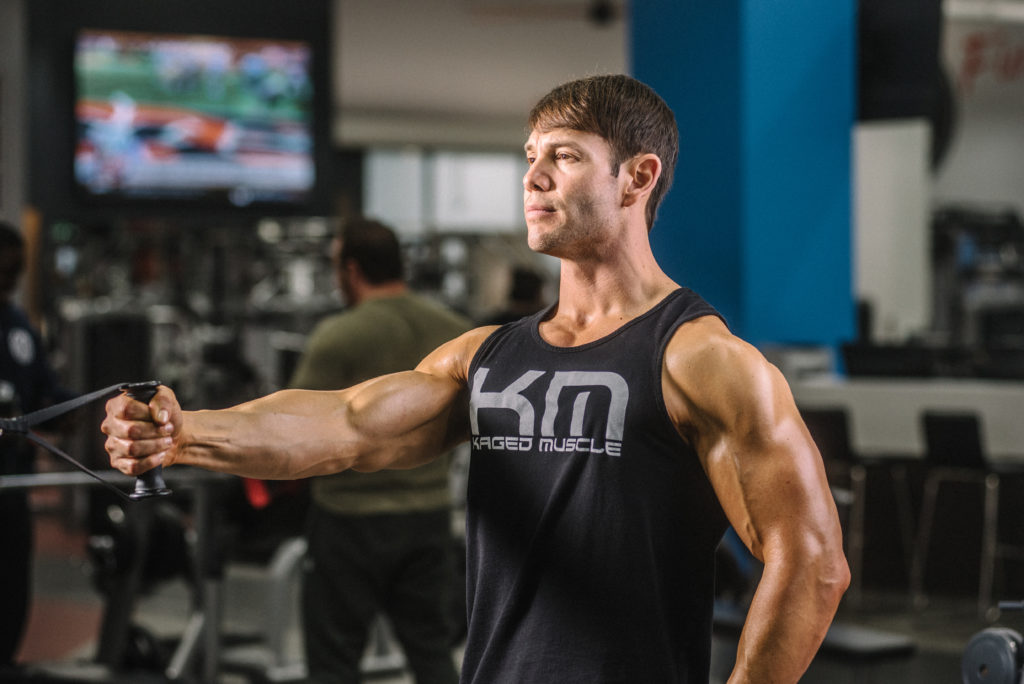
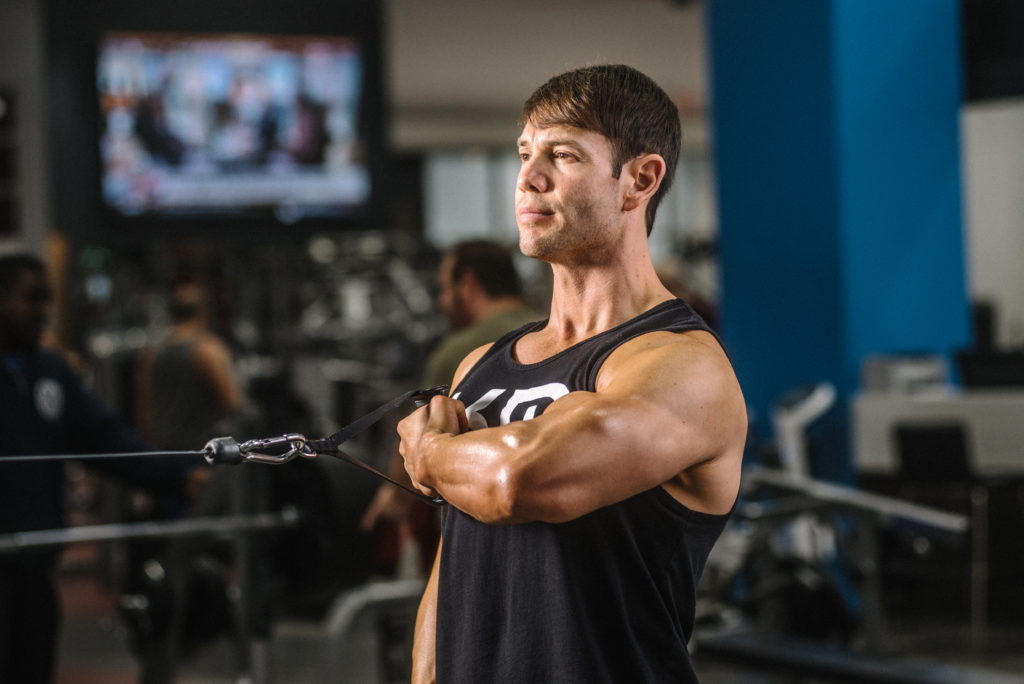
Overhead Behind Back Curl
Primary Target: Biceps
Rep range: 10-20+
Execution: Sit facing away from a lat pulldown cable machine. Reach up above your head and grab the pulldown bar with a regular overhand grip inside shoulder width. While keeping your upper arms pointed upward and isolated curl the bar back behind your back until your biceps are fully contracted. This movement does not require much weight.
Why: This is a unique way to isolate and contract the biceps. A great finisher to build the Biceps peak.
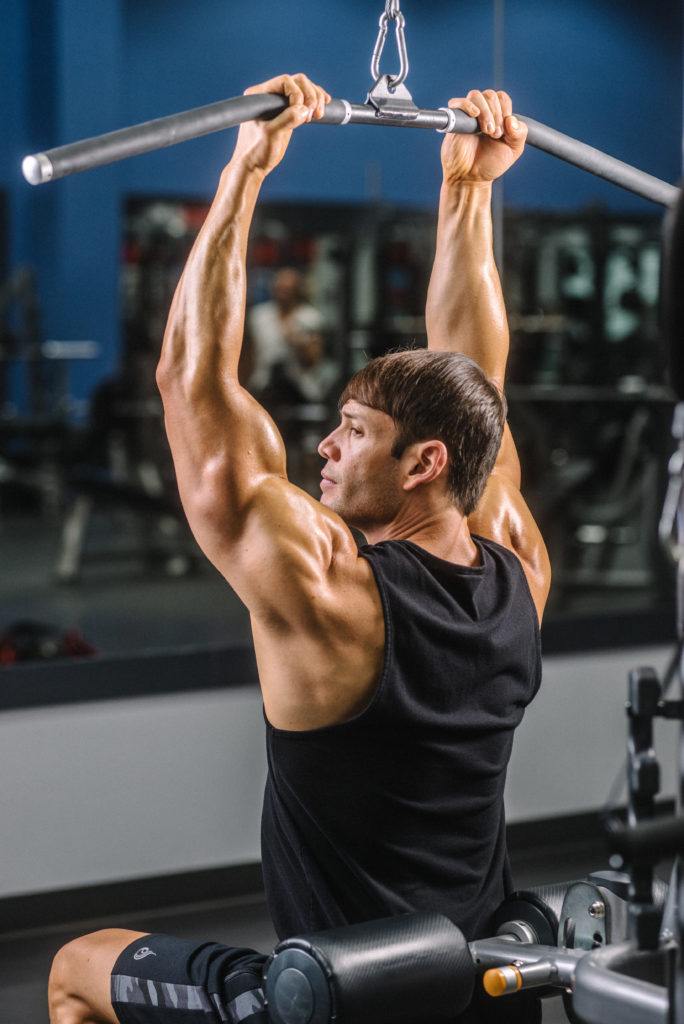
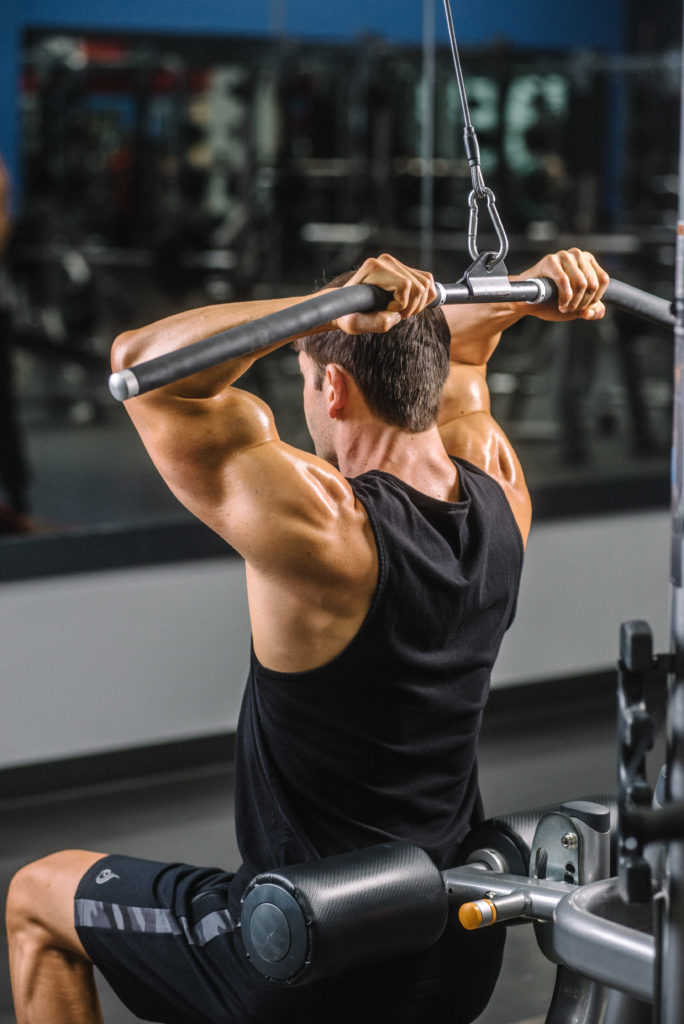
Michael Wittig, ISSA CPT
Natural Pro 3x Champ
Master World Champion
IG: WittigWorks
WittigWorks.com







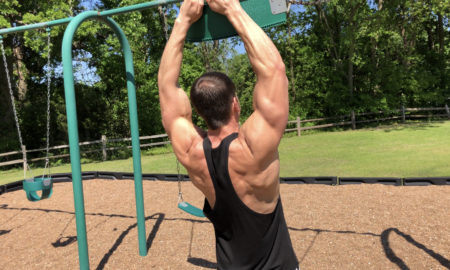





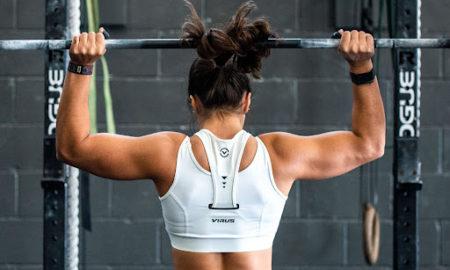

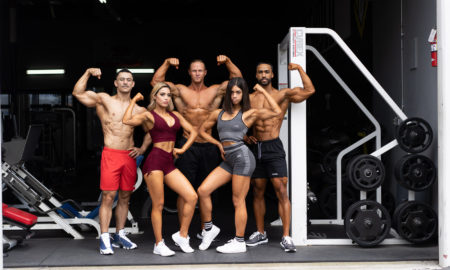
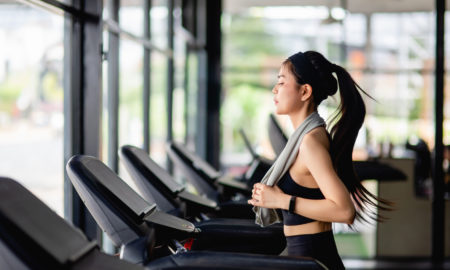

You must be logged in to post a comment Login